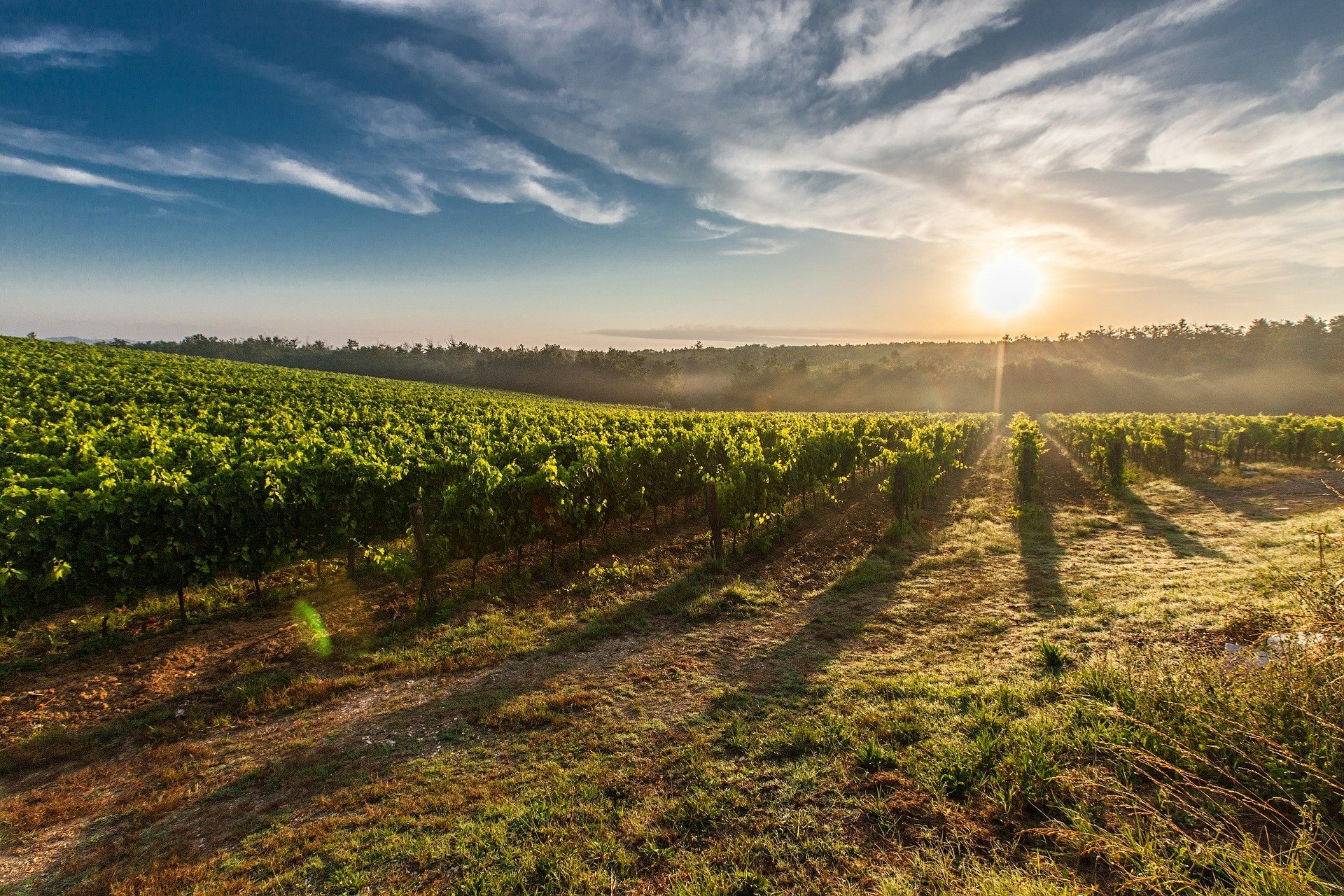What do evergreen trees, ham, turkey, eggnog, and champagne all have in common? The holidays, yes, but also America’s agriculture — most notably the great agricultural states of the West.
Let’s start with Thanksgiving dinner. Our colleague Pam Lewison of the Washington Policy Center, and a farmer herself, recalls growing up and sitting at the table for Thanksgiving dinner, “Even as we dug into the bounty before us, we were aware of the hardworking farmers and livestock producers who had made our meal possible.”
Lest consumers think that farmers are benefitting from the current record inflation, Lewison points out just how little a farmer’s share was from the food at our table: “Turkey, of it’s $1.99-a-pound price, the farmer gets 6 cents a pound; stuffing at $3.99 a pound nets 6 cents a pound for the farmer; cranberries at 25 cents an ounce, earn the farmer 2 cents an ounce; sweet corn at 14 cents an ounce, 3 cents for the farmer; green beans at $1.99 a pound, 47 cents a pound for the farmer; potatoes at 99 cents a pound, 12 cents for the farmer; and milk at $3.49 a gallon, $1.54 a gallon for the farmer.”
For a city gal like me, these numbers were eye-popping.
On average, farmers and ranchers take home about 14.3 cents for every dollar we spent on food. Lewison reminds us that the take-home for farmers are what they use to pay their employees, buy fuel and equipment, and of course, pay taxes.
In the last couple of years, COVID-19 took a heavy toll on farmers and ranchers. In California alone, a study commissioned by the California Farm Bureau Federation (CFBC) found that the state’s farms, ranches, and agriculture businesses are expected to lose up to $8.6 billion due to the pandemic. Nevertheless, the members of CFBF’s Young Farmers and Ranchers found time to volunteer more than 800 hours of service to their communities and solicited more than 50,000 pounds of food for needy families.
But if the pandemic weren’t enough, western farmers and ranchers are now struggling with supply chain problems, drought, and the summer’s wildfires. Gordon Chavez, founder of Mr. Jingle’s, a Christmas tree retailer who gets his trees from Oregon tree farmers told NBC News that because of his rising costs, he’s making less profit this year. Chavez sells trees in Los Angeles and San Diego. The price of a Christmas tree from Oregon has nearly doubled in the last five years according to a report from the U.S.D.A. The harvest is also much smaller — over the last five years, the acreage of Christmas trees grown in Oregon has dropped by nearly a quarter.
Western growers and ranchers for years have been plagued by overregulation and poor policy from lawmakers. Stephanie Nash, a fourth generation dairy farmer who fled her San Joaquin farm to Tennessee, told Fox News that her family left to escape California’s strict farming regulations and high cost of doing business: “They regulate us on every step we make. . . .We’re constantly looked at, constantly manipulated and told what to do, and farmers, especially my dad’s age and older, they don’t want to be told how to farm. . . .Water rights, milk prices, feed prices, regulations on climate change … we had to fight with Los Angeles and San Francisco on every issue,” she added.
The latest issue to hit the state’s – and the nation’s – farmers is a 2018 law that requires livestock growers to keep pregnant pigs they plan on selling to California in spaces that are 24 square feet, larger than the industry standard of 14 to 18 square feet, raising their costs to comply with California’s rule. Ultimately, higher prices on bacon and other pork products will be felt most by the poor and working-class families among us.
But how do these bad policies make it to law? I give farmer/scholar Victor Davis Hanson the last word. In a brief but profound op-ed some years ago for the Los Angeles Times, Hanson wrote about the widening urban-rural divide that threatens America:
I live half the week in a 140-year-old farmhouse in the rural Central Valley, the other half in a studio apartment in Palo Alto near the Stanford University campus.
At my house, I worry about whether the well will go dry. I lock the driveway gate at night, and if someone knocks after 10 p.m., I go to the door armed. Each night, I check the security lights in the barnyard and watch to ensure that coyotes aren’t creeping too close from the vineyard. I wage a constant battle against the squirrels, woodpeckers and gophers that undermine the foundation, poke holes in the sheds and destroy irrigation ditches.
At my apartment, I have few concerns about maintenance and more time to read, brood and mix with others. Urbanites may work long hours at the office among thousands of people, but they often remain in a cocooned existence shielded from the physical world.
These differences wouldn’t matter so much if it weren’t for the fact that the nation’s urbanites increasingly govern those living in the hinterlands, even as vanishing rural Americans still feed and fuel the nation.
Rowena Itchon is senior vice president of the Pacific Research Institute.

